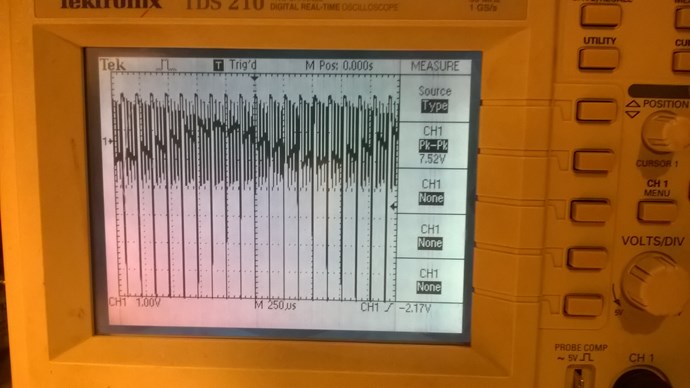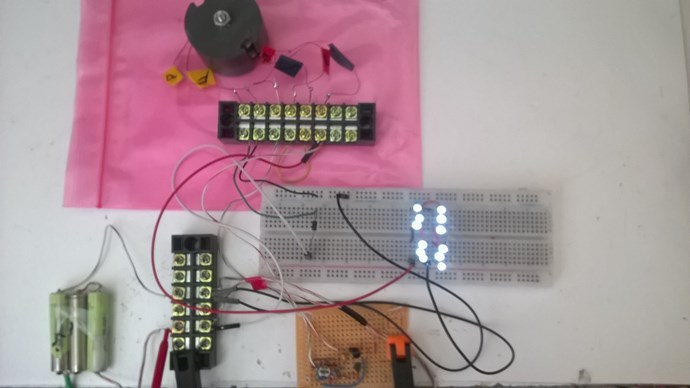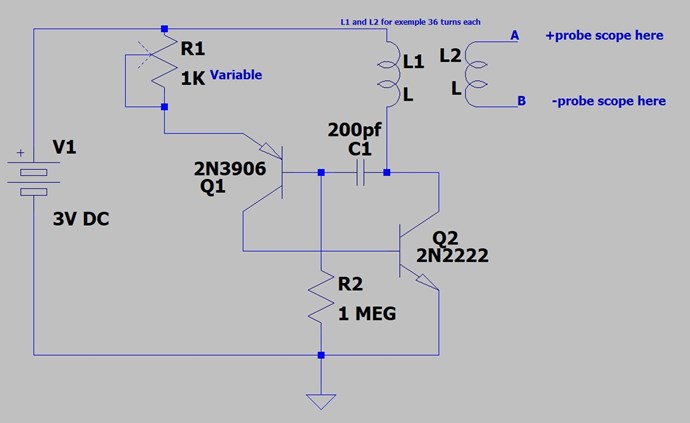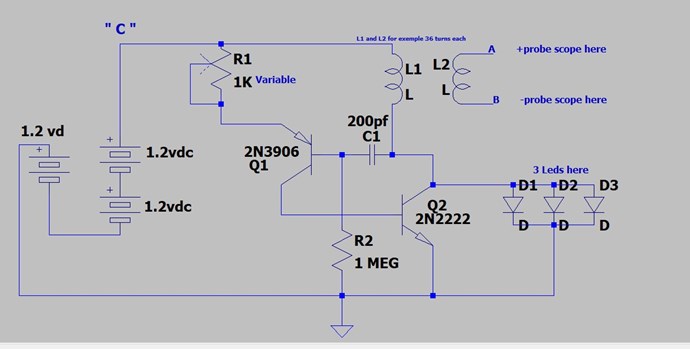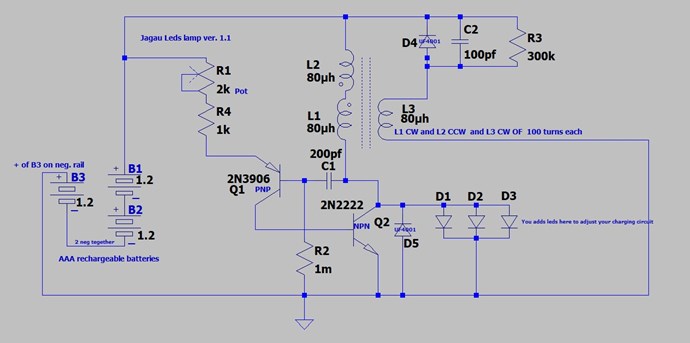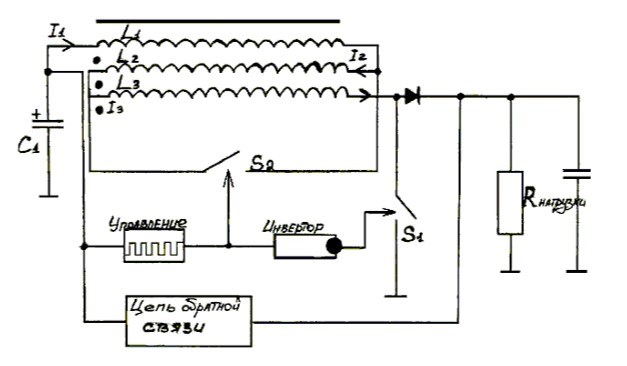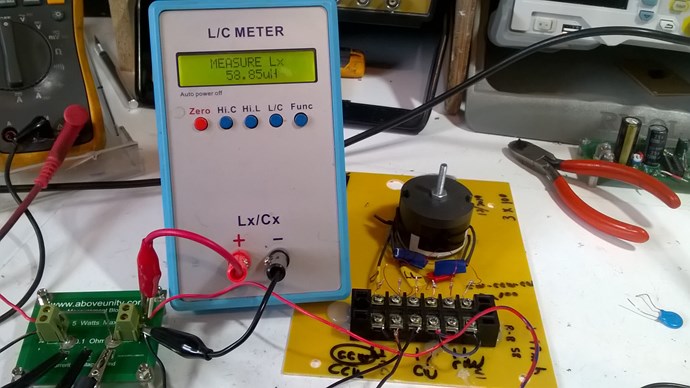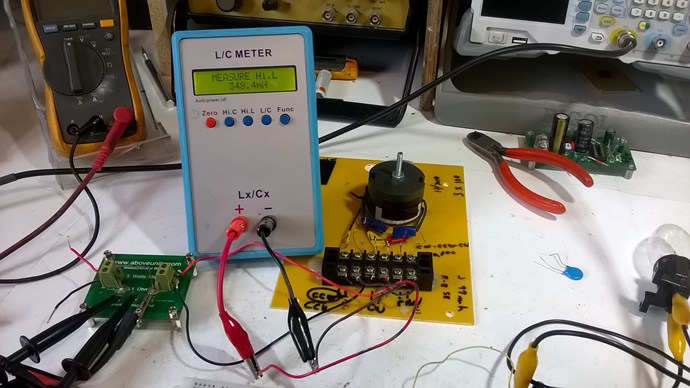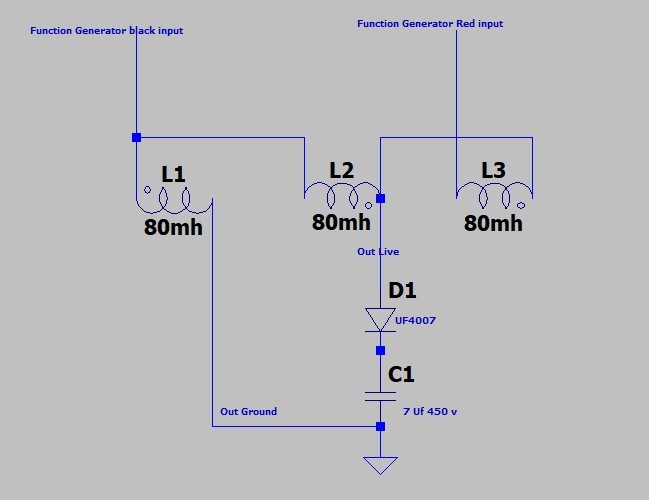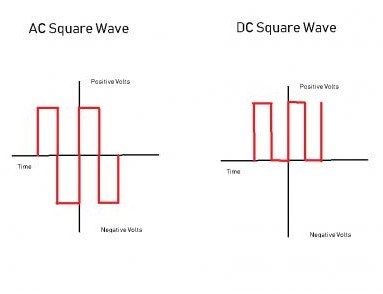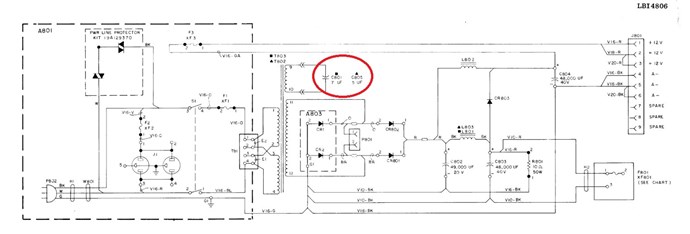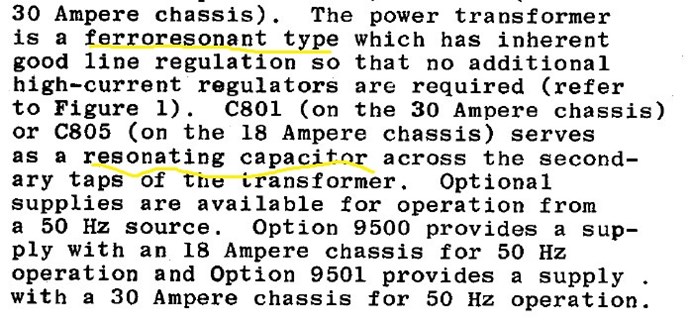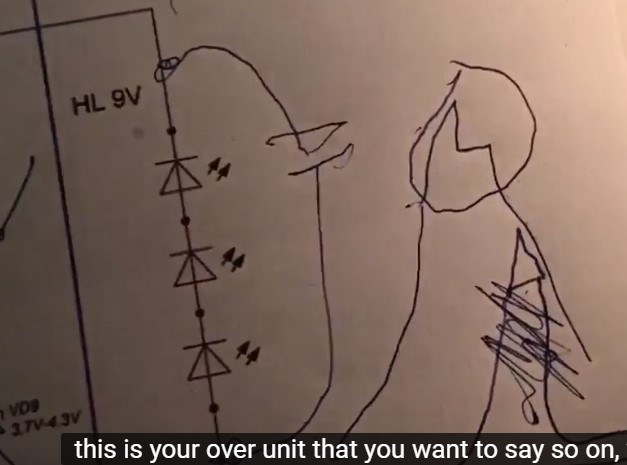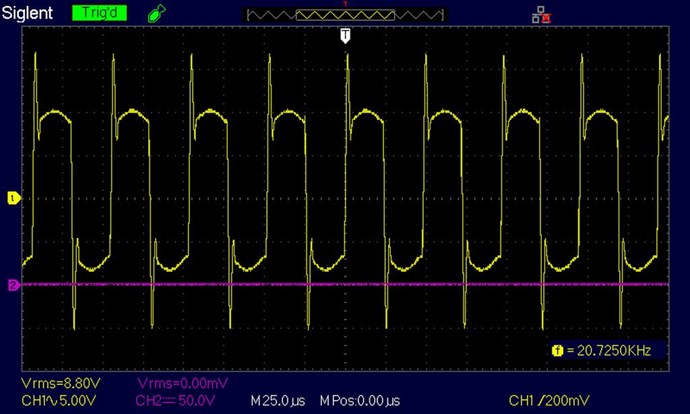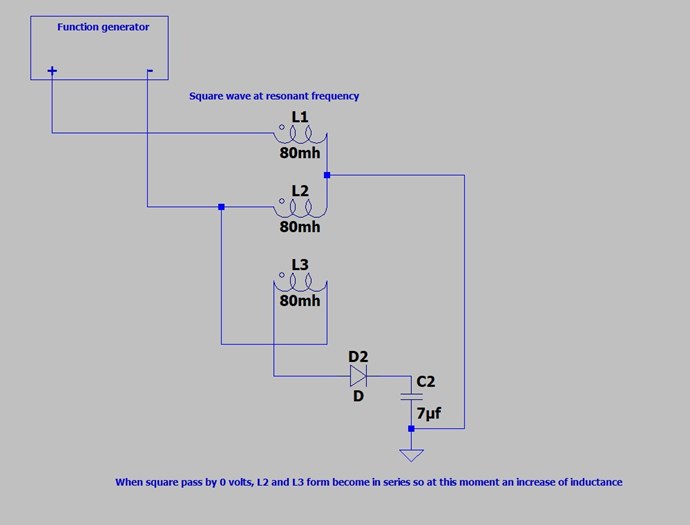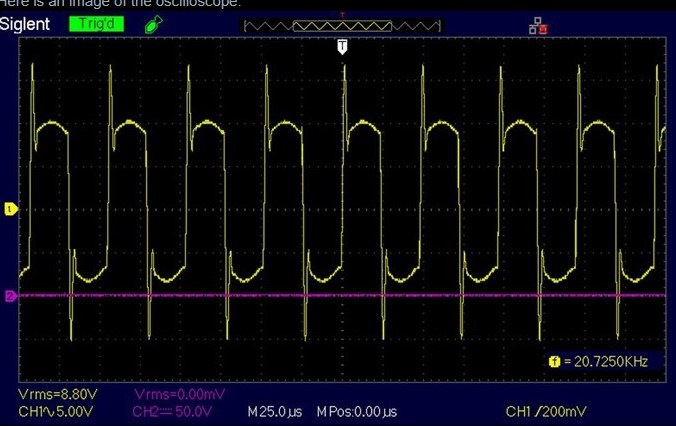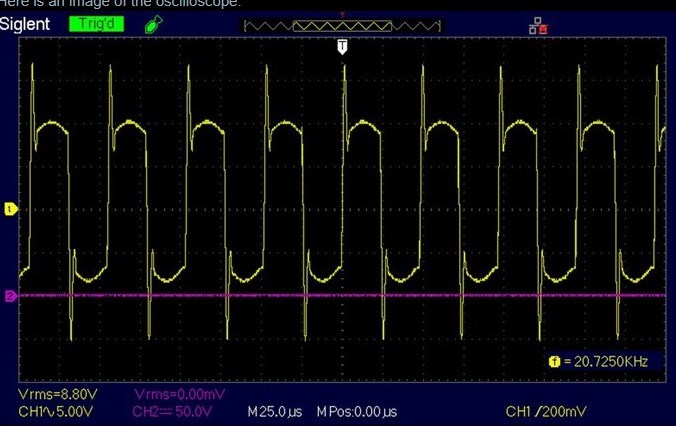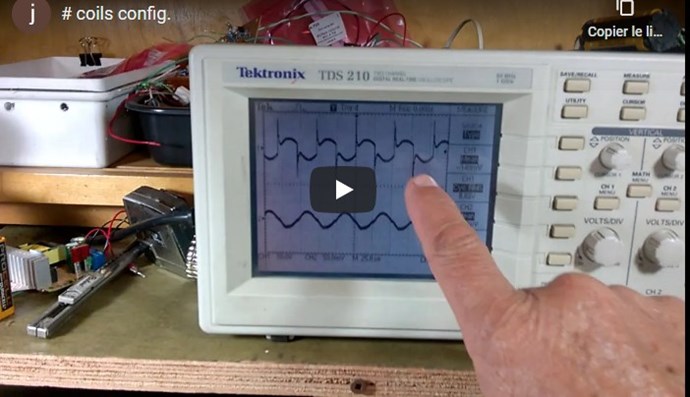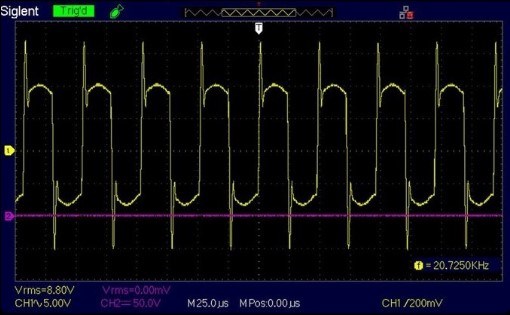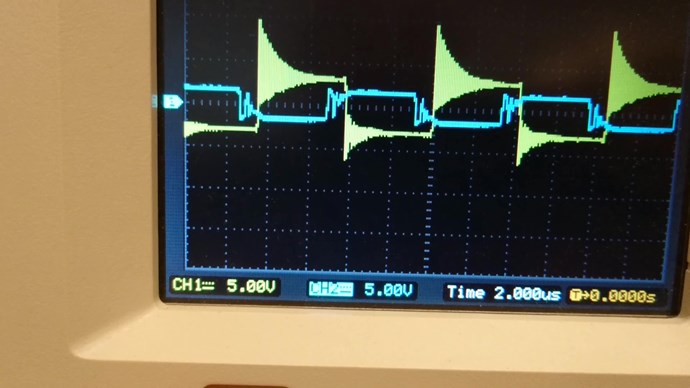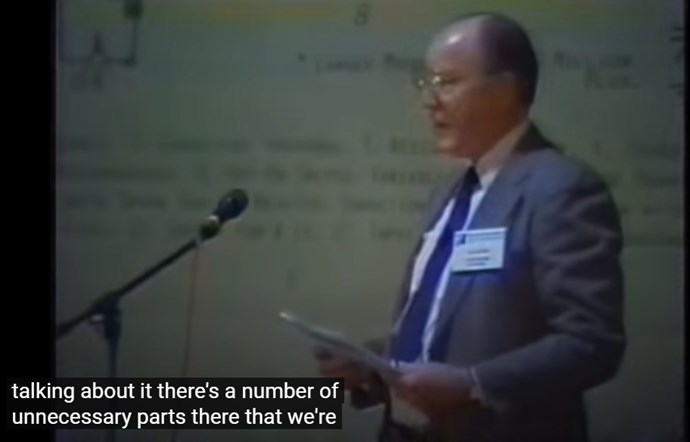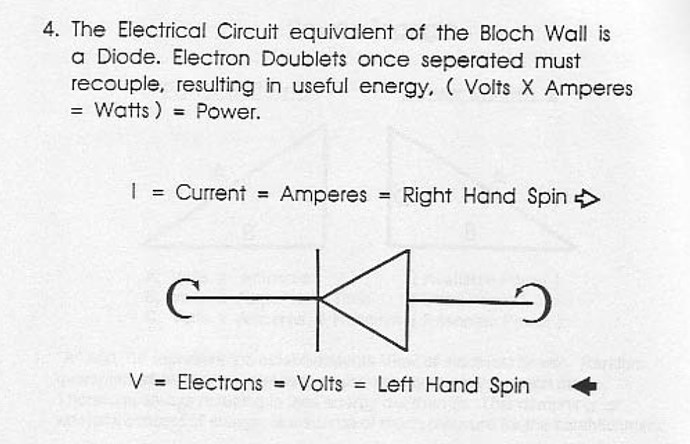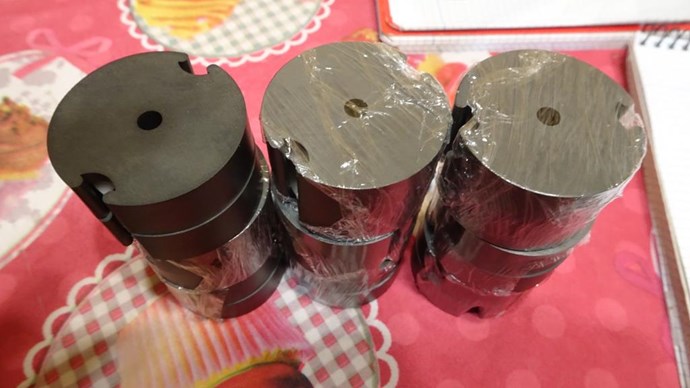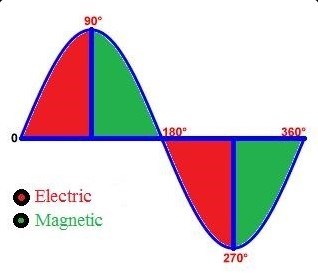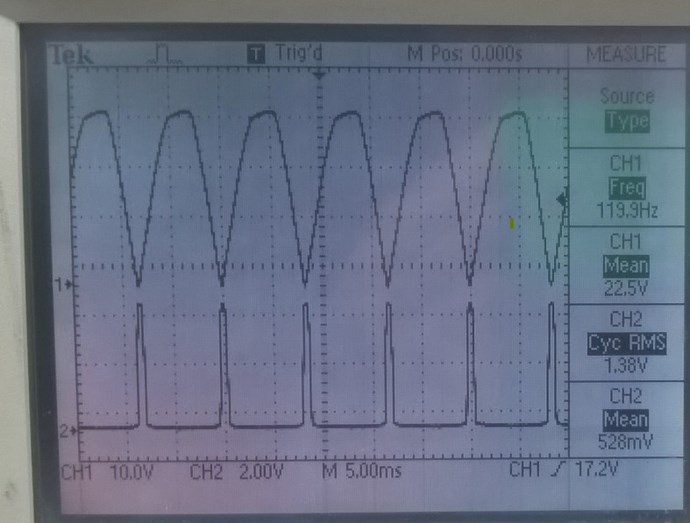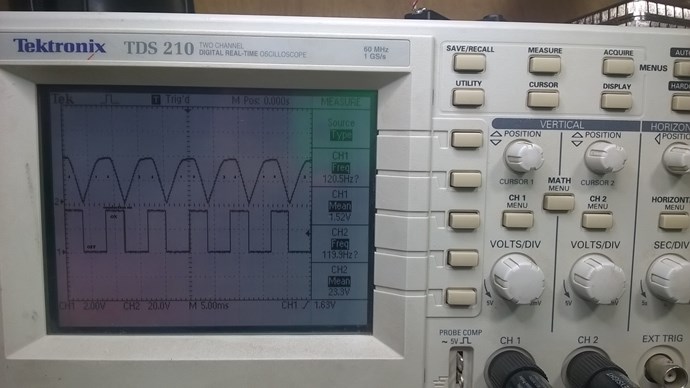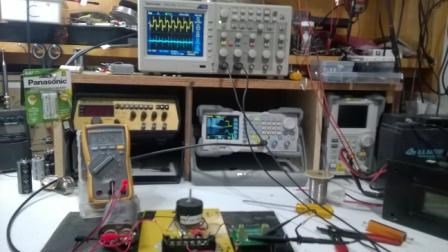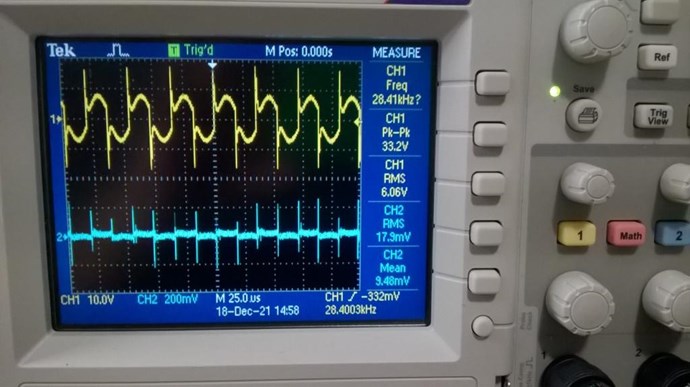This thread is the continuation of flashligh2.
Here is the original Akula's circuit on we gonna work:
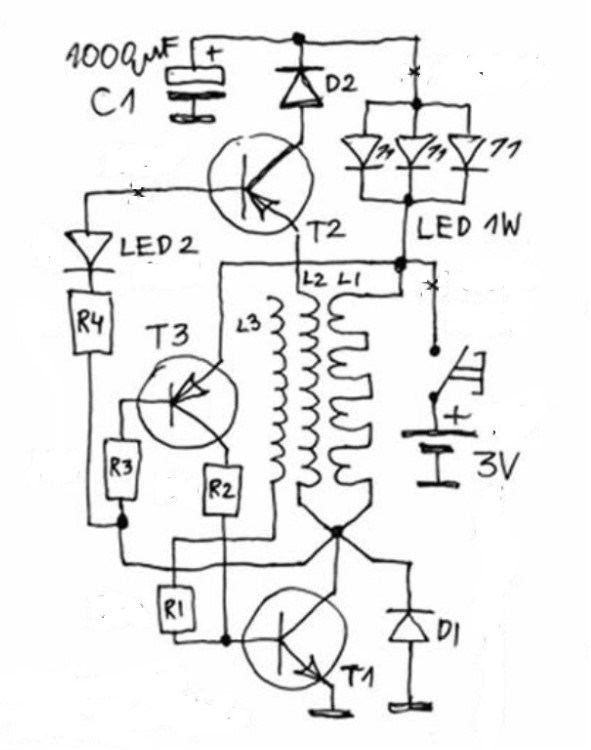
I modified the basic circuit of Akula so that it works like a high gain oscillator. It consumes almost nothing, 2 ma,.
It has the effect of a hammer (the Circuit) on a bell (the Coils) by easily adjusting the natural resonance frequency of the coils which has already been vitrified in advance with a F.G. and a 28.2 Khz oscilloscope,
I used a 2 K multi-turn potentiometer for accuracy as a voltage divider and a small 1.55 volt battery as the main power supply for the circuit.
Here the modified circuit used i used in the test.
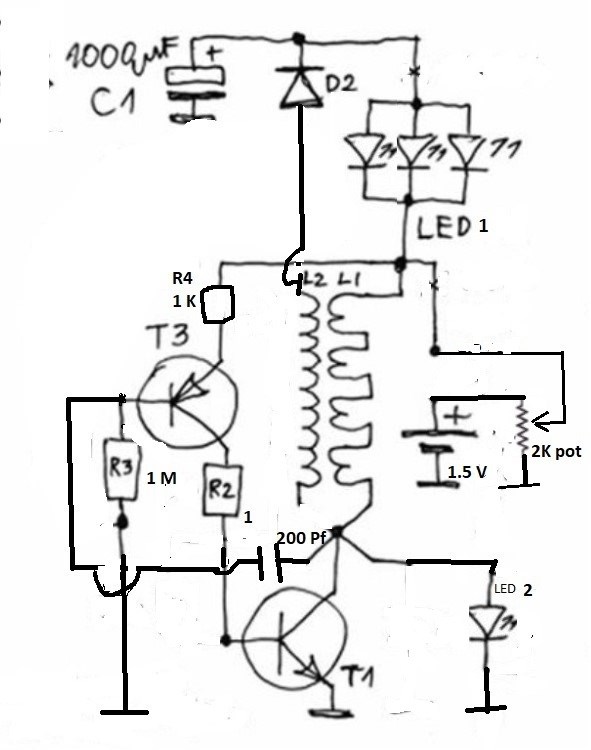
The test :
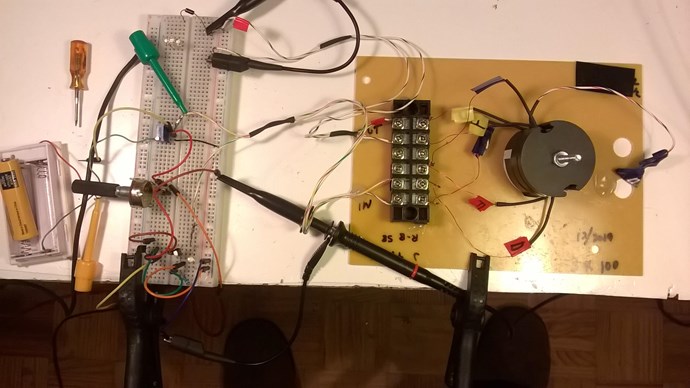
You will notice that at the natural (linear) resonance frequency of 28.22 Khz and an input voltage of 1.08 volts appearing on channel 2 and a current draw at the input of 2 ma, we still obtain a fairly good voltage approximately 33.6 volts peak to peak at the output.
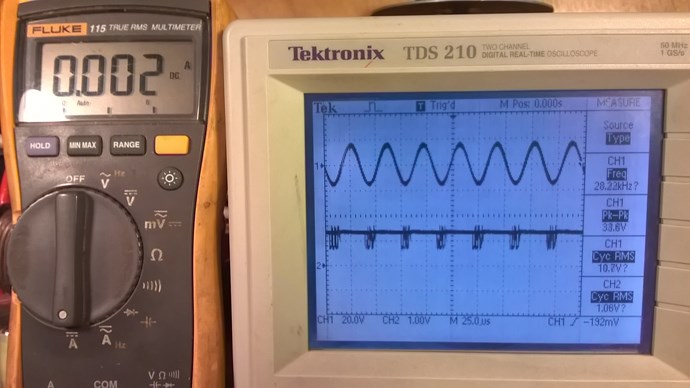
When I exceed a certain voltage of 1.45 volts ( near the max of the battery) another effect occurs quite abruptly the frequency drops to 26.77 Khz and this is what I will call nonlinear resonance.
Quite surprising this effect is the voltage X8 and so is the current.
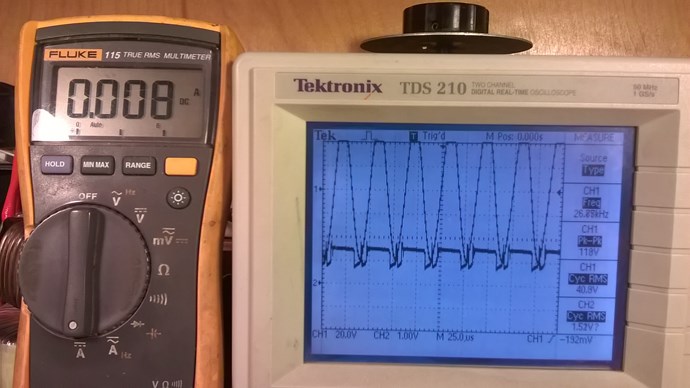
The reactive power developed by this circuit, is around 130 volts at the maximum of the battery, if we consider that the entire circuit is supplied with a single 1.5 Volt battery and there is no d external oscillator it seem good performance.
This small circuit has 2 BJT transistors 1 x NPN and 1 X PNP is the basic idea of the Akula circuit. Thereafter I will modify the same circuit in order to be able to charge C1 and thus have this famous flashlight without battery.
Akula's basic circuit cannot be copied as it is built, having followed hundreds of tests of its circuit, I have not yet seen anyone succeed, but their way of thinking is very good, it you have to rebuild it while keeping the basic idea.
I believe I am on the right track.
A more explicit video will follow soon, I have a little problem with my camera.
Jagau














